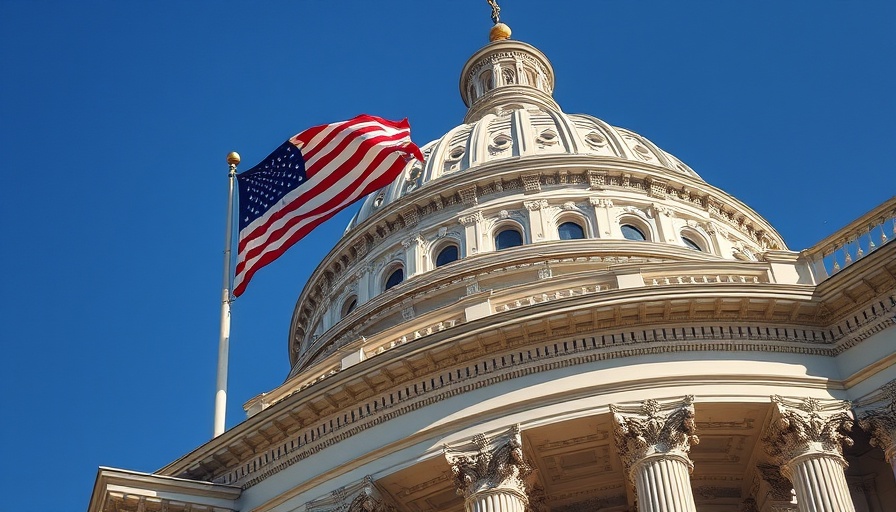
How Medicaid Cuts Will Impact Community Health Services
The recent Medicaid cuts are not just a budgetary issue; they pose significant challenges for healthcare systems across America. Hospitals in rural areas, already struggling to maintain operations, are projected to lose billions in revenue each year due to these cuts. With over $1 trillion to be slashed from Medicaid over a decade, an alarming 17 million Americans may find themselves without health insurance. Such drastic reductions in funding, especially in historically underfunded regions, could jeopardize the survival of essential healthcare services.
The Economic Ripple Effect on Local Communities
When hospitals lose funding, the ramifications extend far beyond their walls. Communities depend on these institutions for jobs and services. Hospitals provide employment opportunities for thousands, and with cuts, we risk layoffs and reduced staffing, which could adversely affect patient care. As highlighted by the KFF report, a struggling hospital might respond to financial strain by laying off staff, cutting back on essential services, or even closing their doors entirely. In rural areas, a hospital’s closure can lead to a complete void in emergency medical services, increasing the risk for residents who may have to travel long distances for care.
Future Predictions: What Lies Ahead for Rural Health Care?
Experts anticipate that unless systemic changes occur, the future of rural healthcare looks grim. The current cuts challenge the viability of numerous hospitals that serve as lifelines in sparsely populated regions. Near-term outcomes may include closed emergency rooms, fewer specialized services, and increased wait times for care. Community members should be prepared for potential shifts in where and how healthcare is accessed, emphasizing the need for state and federal lawmakers to find solutions that align funding with the healthcare needs of rural populations.
Understanding Healthcare Financing and Its Challenges
Many people underestimate the complex machinery behind healthcare financing. Medicaid cuts highlight how legislative decisions ripple through an entire system, affecting not just hospitals but the health of individuals and families. As funds diminish, so too does the ability for healthcare providers to deliver comprehensive services, leading many to rethink their funding strategies and operational structures. States facing tight budgets may find it difficult to raise funds for hospitals and care systems, leaving many vulnerable populations at even greater risk.
Emotional Toll: Community Reactions to Healthcare Uncertainty
The emotional consequences of financial strain on hospitals can’t be overstated. Communities often react with a sense of helplessness and anxiety, especially when witnessing the decline of essential services they’ve relied upon for generations. Personal anecdotes from residents illustrate the immediate fears they face—will they be able to access necessary medical care? The closures or cutbacks could discourage individuals from seeking treatment altogether, impacting their overall mental and physical well-being.
Next Steps: Advocacy and Community Engagement
It’s momentous for communities to engage in activism and support measures that advocate for sustained funding in healthcare. Grassroots initiatives aimed at educating others about the implications of these budget cuts can empower individuals to voice their concerns. By participating in town hall discussions, community forums, and reaching out to legislators, community members can shape the narrative around healthcare funding and advocate for a system that supports the needs of everyone.
In times of crisis, there exists a profound opportunity for communities to come together. Building coalitions and support systems that focus on health equity can catalyze meaningful change. Addressing issues related to wellness—nutrition, fitness, and mental health—will be instrumental as we navigate these tumultuous waters.
Conclusion: Your Role in Health Advocacy and Community Well-Being
The implications of recent Medicaid cuts are profound, impacting not just healthcare but the very fabric of community life in America. You can play a part in advocating for change by staying informed and actively participating in discussions surrounding healthcare funding and policy. Let’s strive together for a healthcare landscape that prioritizes access to quality care for all, where every person in our community feels supported and empowered to seek the help they need.
 Add Row
Add Row  Add
Add 




Write A Comment